Man of Medan - PS4 - Game...
From Supermassive Games, the creators of one...
By Adonis Monahan2072

0
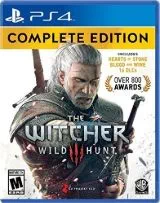
Introduction
The Witcher 3: Wild Hunt is an open-world, fantasy video game that was released in 2015 by CD Projekt Red, and was shortly followed up by two expansion packs, Blood and Wine and Hearts of Stone.
Since its release, the game achieved immense success, both commercially and critically, scoring a 10/10 rating on the Steam store, and achieving almost universal praise from video game critics. In the game, the player controls the famed monster hunter Geralt, a man who’d undergone radical mutations in his past to become a deadly and incredibly efficient monster killing machine.
The game, and its prequels, are based on a series of books by Andrzej Sapkowski, and the game’s universe is wide and expansive, filled with unique geography, history, monsters, creatures, and magic. The story is mainly focused on Geralt’s quest to find and protect his adopted daughter Cirilla, but the number of side quests that players can complete in the meantime is staggering and makes the game incredibly rich and detailed.
However, while it does benefit from its incredibly unique and immersive world-building, The Witcher 3 is similarly bogged down with a variety of mechanical hurdles that make the game a bit frustrating for players trying to enjoy a traditional gaming experience.
Story and Lore
As mentioned before, The Witcher 3 is an open-world, fantasy game, which gives players the great opportunity to explore and learn about the world around them as they play through the story.
Unfortunately, while the story of Geralt searching for Ciri and defending her from her otherworldly enemies is at the very least entertaining, the way in which it’s set up makes the alternative, the various side quests and “Witcher Contracts” (quests where Geralt is specifically paid a sum of gold to track and slay a monster), far more engaging and entertaining for players.
Simply put, the main storyline involves repeatedly completing quests for non-player characters (NPCs) in order to gain information about Ciri’s whereabouts, or even worse, doing those quests to find other NPCs who might have information about where Ciri is. After the first couple of quests, I found myself incredibly bored and frustrated with the slow pace of the storyline, as though the game was purposely trying to slow me down.
Furthermore, the fact that the game is based on a long series of books and is the third, in a line of games, makes it very hard to keep track of the variety of characters Geralt already knows and can summon favors from. Although the game tries to make this accessible to players using glossaries and character introductions, the slow pace of the storyline can make players forget who exactly they were trying to find.
I will note, though, that my biggest complaint about The Witcher 3 arises here: for some reason, the game likes to make every character interaction a cutscene, and cutscenes can only be skipped one line at a time. Even accessing a store, or leaving it, requires a camera change, where Geralt has to sigh and speak to the vendor and the vendor to reply. This gets incredibly annoying when trying to progress through the story, especially when I already know what’s happening.
However, on my second playthrough, I found that purposely delaying the main questline, and finishing side quests and Witcher Contracts instead, was much more rewarding. The number of monsters I’d never seen nor heard of before was incredibly surprising.
Most of them are original with little to no real counterparts in other fantasy literature; sure, the classics like elves, dwarves, and even halflings (Tolkien-inspired hobbit creatures) are there, but the unique creatures and the unique spins put on old creatures like vampires, just made me hungry to explore the world of the game.
The main game takes place in the regions of Nilfgaard-occupied Velen, the free city of Novigrad, the Skellige archipelago, and – added in the Blood and Wine expansion – the duchy of Touissant. All of these regions are incredibly large and incredibly detailed.
Everywhere I rode on Geralt’s horse, Roach, there was a treasure waiting to be discovered, and monsters to be slain. Adjacent to all of the aforementioned, are the various minigames like horse-racing, boxing, a unique card game called Gwent, and Geralt struggling against the public’s image of witchers as emotionless, heartless killing machines.
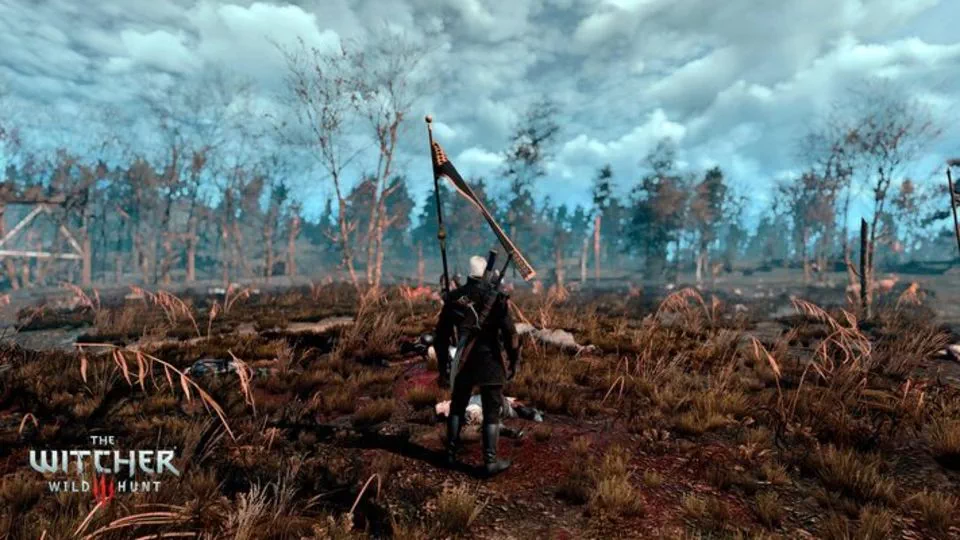 https://revyou.com/uploads/thumbnail-960/1592241901048maxresdefault.webp
The Witcher 3: Wild Hunt - Games review
https://revyou.com/uploads/thumbnail-960/1592241901048maxresdefault.webp
The Witcher 3: Wild Hunt - Games review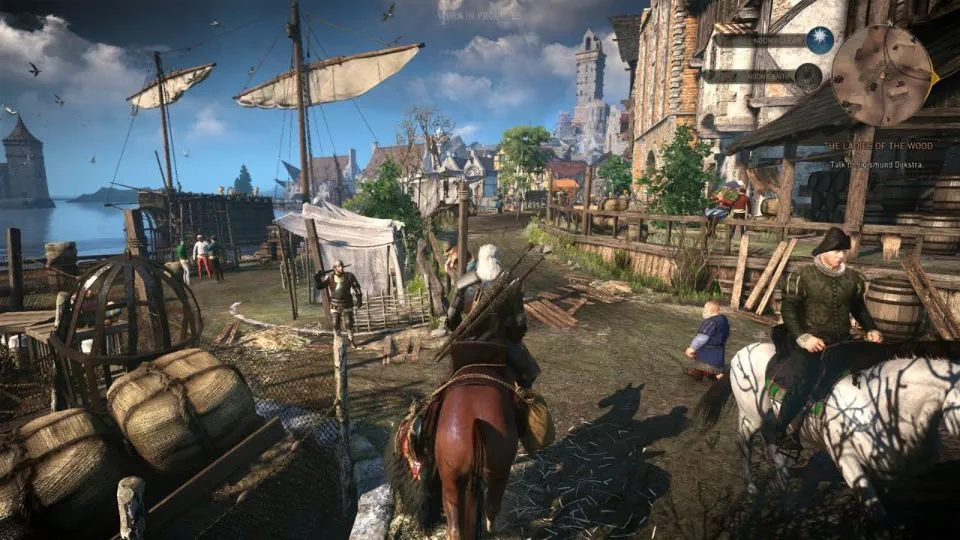 https://revyou.com/uploads/thumbnail-960/1592241901049poster.7.webp
The Witcher 3: Wild Hunt - Games review
https://revyou.com/uploads/thumbnail-960/1592241901049poster.7.webp
The Witcher 3: Wild Hunt - Games review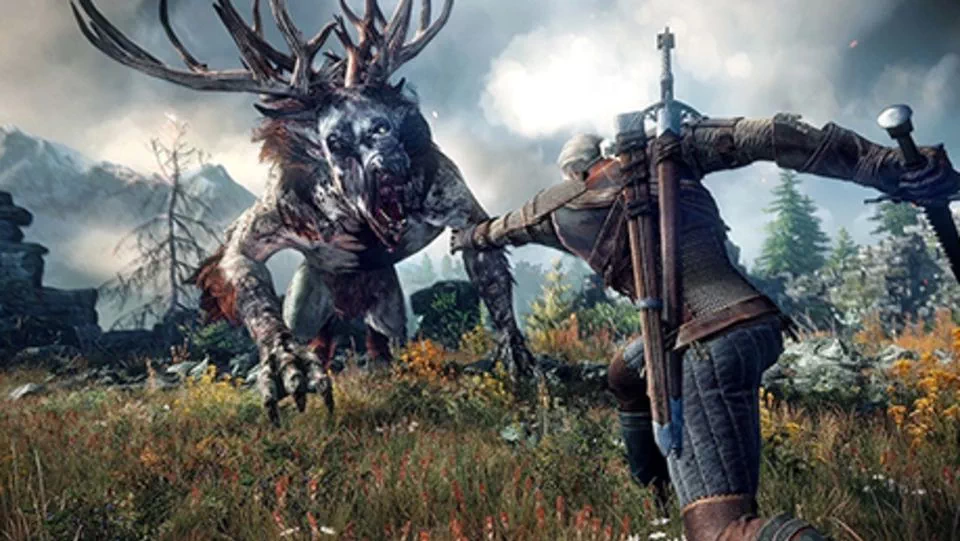 https://revyou.com/uploads/thumbnail-960/1592241901051the-witcher-3-1-e1433995240458.webp
The Witcher 3: Wild Hunt - Games review
https://revyou.com/uploads/thumbnail-960/1592241901051the-witcher-3-1-e1433995240458.webp
The Witcher 3: Wild Hunt - Games review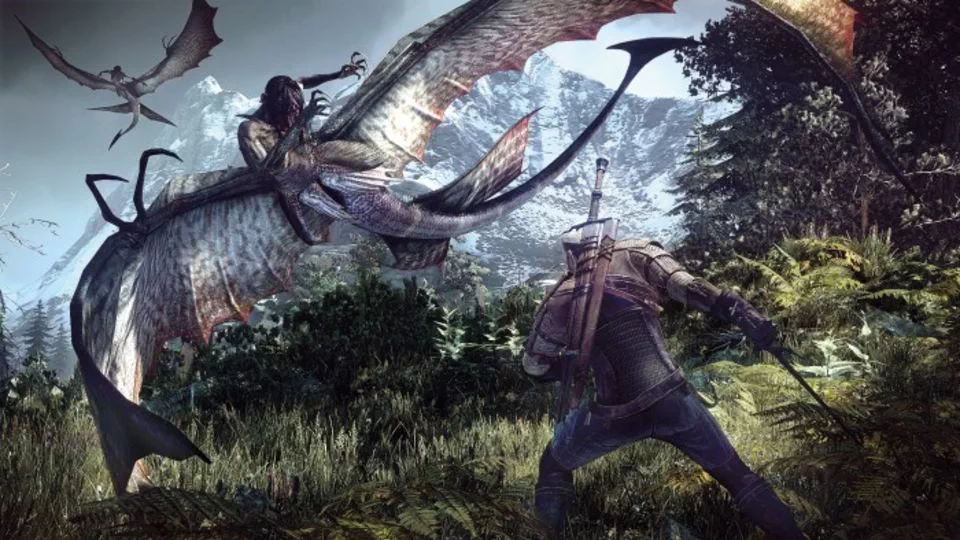
Combat
Similar to any role-playing game, combat plays a huge role in the progression of the story. Geralt is, after all, a witcher: it’s his job to fight monsters and slay them. However, the game does include various fights with humans, since Geralt, often, has to fight against political entities to get the help or information he needs.
Actually, Geralt carries around two swords, a silver sword which is effective against monsters, and a steel sword, which is used on non-monster opponents or monsters where silver isn’t particularly strong against. While the combat doesn’t give the player many options in terms of fighting style, it makes up for it by the experience.
The fighting is incredibly snappy and responsive as Geralt whirls and slashes at his various enemies. Furthermore, the player is given access to five upgradeable “spells”, called Signs, which Geralt can cast at the cost of stamina to damage, delay, or confuse enemies. Players can also have Geralt craft reusable witcher potions, which can grant various buffs in combat, as well as bombs, which can damage, blind, or inhibit monsters’ powers.
Finally, Geralt also has a crossbow; although, its’ main use is as a support weapon, for grounding flying enemies to bring them in close proximity of Geralt’s swords. The combat is immersive, snappy, and most of all fun, although players will have to adjust the game difficulty depending on their skill level and how comfortable they are dying to various creatures.
Customization
Unfortunately, in comparison to other open-world RPGs, The Witcher 3 lacks in the customization area. Players can freely collect armor, weapons, and various other items to customize Geralt’s equipment, but Geralt himself, aside from his haircut and beard, is unchangeable, a result of the rigid story that the universe adheres to.
Geralt can only craft bombs and potions on his own; unique weapons and armor are collected as diagrams to be given to their respective craftsmen, whom Geralt can find and unlock by doing various quests. The diagrams for the best armor and weapons, often, have to be unlocked by completing difficult dungeon-crawling quests and puzzles.
While the later expansions do offer Geralt the opportunity to customize a vineyard of his own, Geralt doesn’t get the opportunity to store or move items in general. Items can be sold and bought or looted off the bodies of enemies, but The Witcher 3 doesn’t have a very strong storage mechanic, and items can only be permanently stored in a single chest that can be accessed from a few locations around the world.
Customization is, sadly, quite low, although the story does offer various endings, as do the many side quests. The different armor sets and weapons allow the player enough flexibility in terms of aesthetics and playstyle to be comfortable.
Graphics and Sound
There’s not much to say here besides The Witcher 3 is a work of art, from both the sound and graphical perspectives. The graphics are incredibly sharp and clean, and sometimes, while playing, I’ll catch myself just watching the sunset or the different NPCs as they walk around.
The art is gorgeous and only adds to the immersion, bringing the various creatures in the lore to life, and making the story’s side characters incredibly unique with their incredible character designs. The soundtrack is a pretty traditional fantasy-style soundtrack.
The different area and combat themes make the game immersive and help players feel the differences between the geographical regions in the game, whether they’re trudging through the swamps of Velen or fighting Drowners in the sewers of Novigrad.
Conclusion
The Witcher 3: Wild Hunt is, by and large, an incredible game. Its immersive atmosphere, created by its unique cast of characters, monsters, and regions, makes players explore the world, of the game, and rigorously hunt down every monster in sight.
Meanwhile, leveling up Geralt and crafting better equipment and potions to fight the monsters he can’t kill yet. The story, while a bit slow at times and unfamiliar to new players, is rewarding and exciting to play for returning players. This is brought about by the huge world and numerous side quests.
The game does have its fair share of issues and improvements that could be implemented, but none of them severely impact players’ experience after a few hours of gameplay.
I highly recommend The Witcher 3 for those that love fantasy games. If this game doesn’t make you feel like pulling on your monster-slaying boots, pulling out your silver sword, and adventuring through a fantasy world, I don’t know what will.
Updated 4 years ago